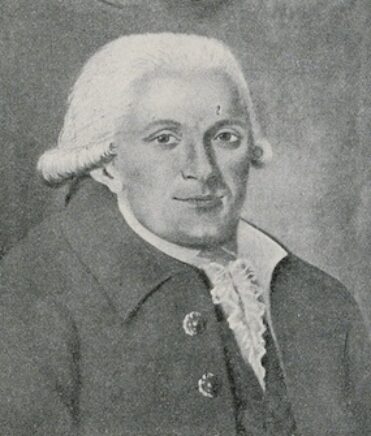Séraphin (Dominique Séraphin François, alias Séraphin)
Little is known about Séraphin’s years of training in the north of France, Germany and Italy, where he followed a troupe of travelling actors. In 1767, he was a musician in a Parisian cabaret which stood in the parish of Belleville. He then moved to Versailles and opened a shadow puppetry theatre in 1776. This theatre was mostly inspired by another artist, Ambrogio Sanquirico, also called Ambroise; between 1775 and 1776, Sanquirico put on performances in Paris, London, Saint Petersburg and Moscow; his programme did include a skit entitled La Chasse aux canards (Waterfowl hunting), which Séraphin would later perform too.
After moving to Versailles, Séraphin had the opportunity to play several times for the royal family; he was even granted the right to name his theatre “Spectacle des Enfants de France” (Theatre of the Children of France [sons and daughters of the king and queen of France]). In 1784, when the Jardin du Palais-Royal opened to the public in Paris, Séraphin set up his Théâtre des Ombres Chinoises (Theatre of Chinese Shadow Puppetry) in the Galerie de Valois. The performances lasted two hours and were made of short tableaux played “à la silhouette” - that is, with shadows - of “feux arabesques” (arabesque fires; images with flares), and of a comedy or féérie performed with shadows or with string or rod puppets. These plays written by many different authors were not published, save for a small number of them which feature in the 1875 edition of Feu Séraphin, histoire de ce spectacle (1776-1870) (Fire Séraphin, story of this theatre). However, several collections published in the 19th century gathered plays either imitating those of the Théâtre de Séraphin or simply using his name to ensure commercial success.
Séraphin’s theatre was the first to put on performances explicitly for children. Its success was such that it survived the French Revolution – by simply adapting its repertoire. Séraphin’s successors took over the theatre, which moved in the Passage Jouffroy in 1857, before closing down in 1870. Pauline Séraphin, the founder’s great-niece, was the last director of the theatre.
